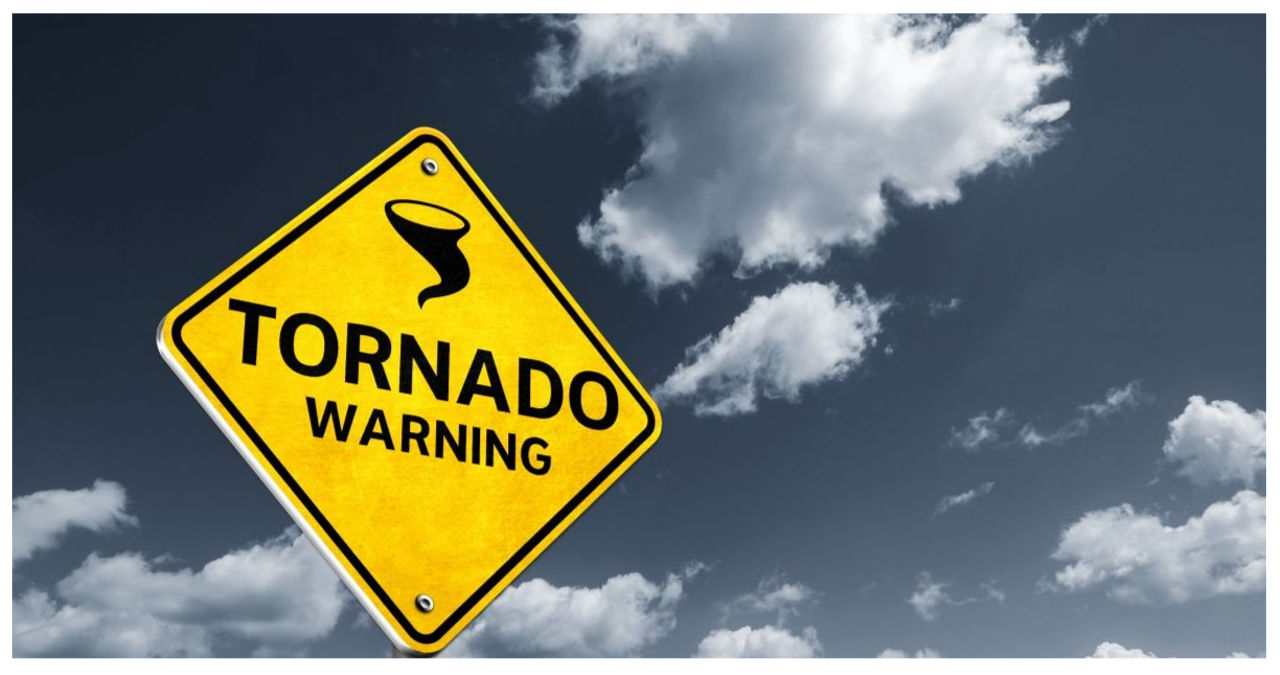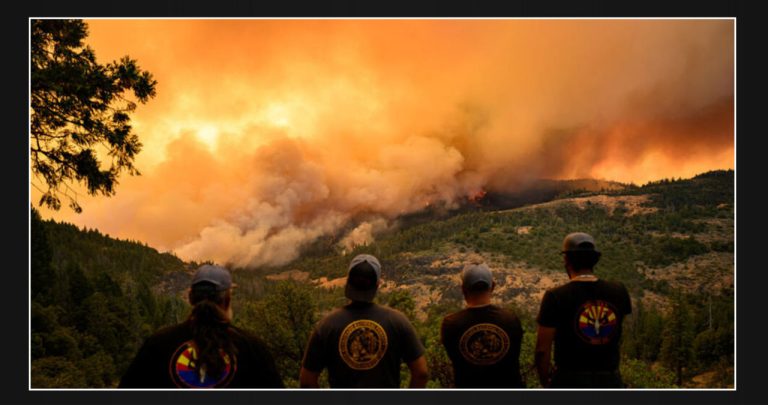New research has discovered that half of the residents in the mid-southern U.S. have a significant misunderstanding of tornado warnings.
Cory Armstrong, a journalist from the University of Nebraska-Lincoln’s College of Journalism and Mass Communications, recently conducted a study to evaluate the effectiveness of existing weather alerts for extreme weather events.
In a study conducted on 679 individuals residing in the Mid-South region of the United States, it was discovered that a significant 50 percent of the population across Tennessee, Missouri, Arkansas, and Mississippi lacked the ability to accurately define a tornado warning. Shockingly, only 11 percent of the participants demonstrated the capability to recognize a warning signifying the sighting of a tornado.
Emergency Funds: How to Build One and the Best Places to Keep It
In December 2021, a devastating tornado struck Tennessee and Kentucky, resulting in 57 fatalities and numerous injuries, as highlighted in a recent study. The tornado hit rural areas during the evening when most people were asleep, leading to a lack of awareness and preparedness. The study emphasizes that the confusion surrounding tornado warnings and watches may have worsened the impact, potentially contributing to a higher casualty count. Such studies play a crucial role in understanding the importance of improving communication and response strategies during severe weather events.
As global warming continues to increase, the frequency of severe weather events like tornadoes is becoming more common. Therefore, it is becoming increasingly crucial to take proactive measures and prepare for such occurrences.
Tornadoes typically develop when a supercell storm, which is a severe type of thunderstorm, forms. These storms are powerful and can persist for a considerable amount of time.
The significance of weather warnings could be growing due to previous research indicating that a warming climate is intensifying the conditions necessary for extreme storms.
“I am genuinely intrigued by the way people interpret and react to different forms of communication,” expressed Armstrong. “The aspect that particularly captivates me is the impact of severe weather alerts. There seems to be a widespread assumption that everyone comprehends the meaning of these alerts and knows precisely how to react. However, our research has revealed that this assumption is not always accurate.”
According to Armstrong, it has been observed that a significant number of respondents mistakenly interpret a warning as a watch, leading them to believe that conditions are merely favorable for a tornado. This highlights the need for emergency personnel and disaster communication to enhance their messaging in order to effectively reduce the risk to the public.
According to the study, people’s ability to identify weather warnings is influenced by their past experiences with severe weather and the geography of their location. Individuals residing in rural areas and those who have encountered tornadoes in the past are more inclined to take necessary precautions after receiving a weather warning.
According to Armstrong, individuals who have previously encountered tornadoes stated that they only required less than 15 minutes to prepare once a warning was issued. On the other hand, those without prior experience requested more time in order to adequately prepare. This suggests that individuals who have been in a tornado warning are familiar with the necessary steps to take shelter and have a prepared plan. Conversely, those who have not encountered such warnings, which is often the case, are less prepared.
As severe weather events become more common, there is an increasing need for improved preparation for such incidents, as highlighted by the study.



